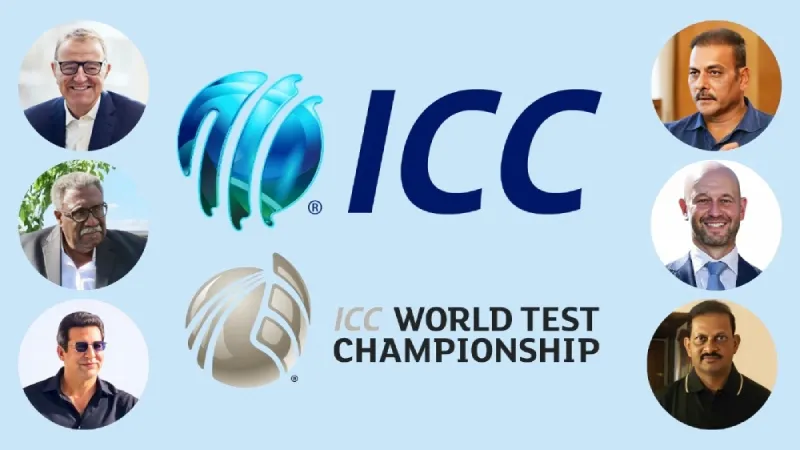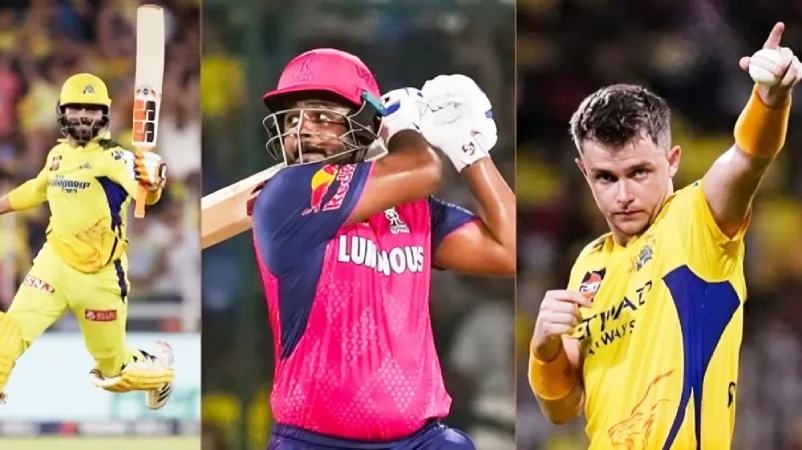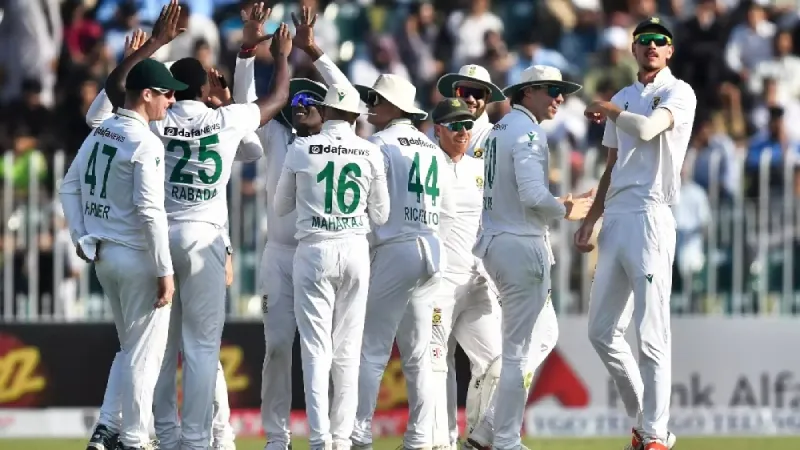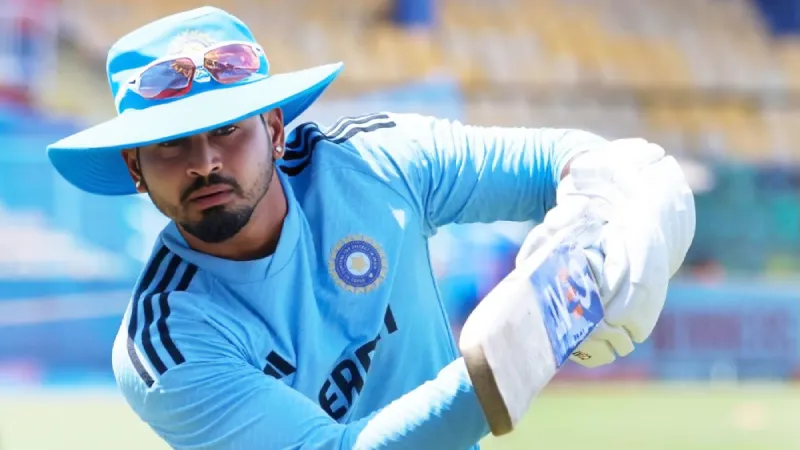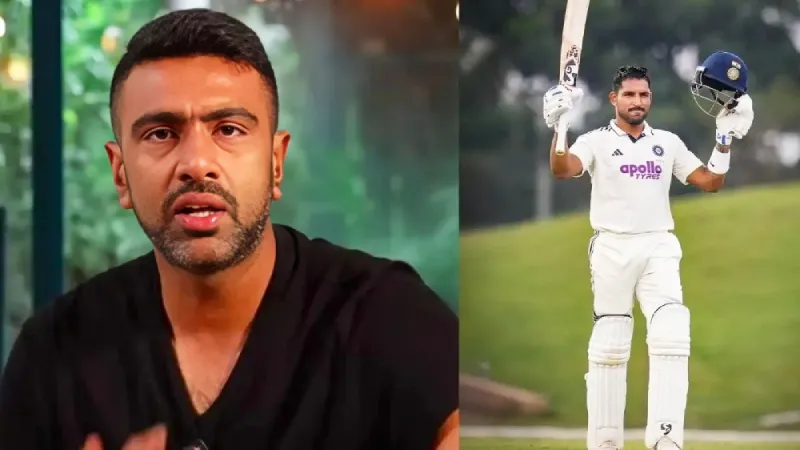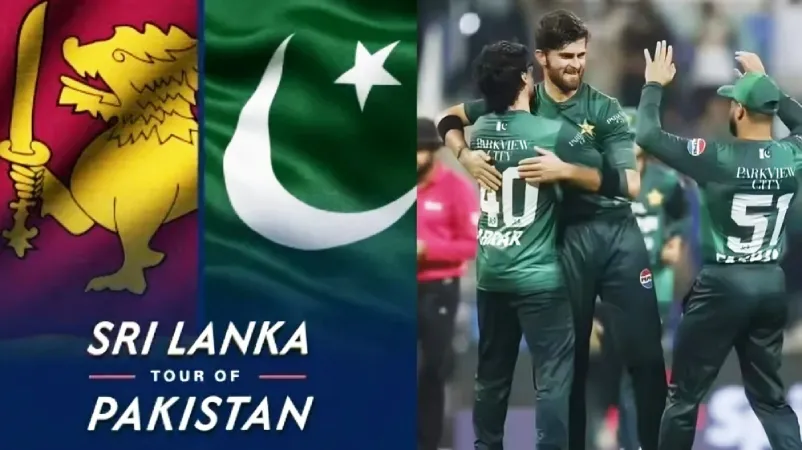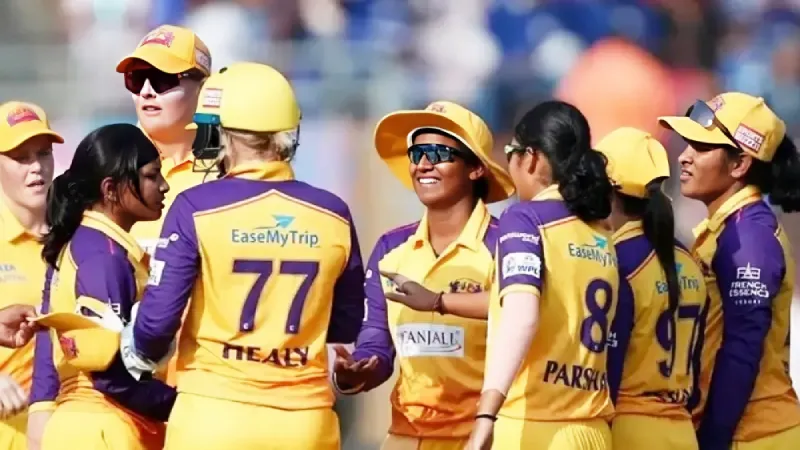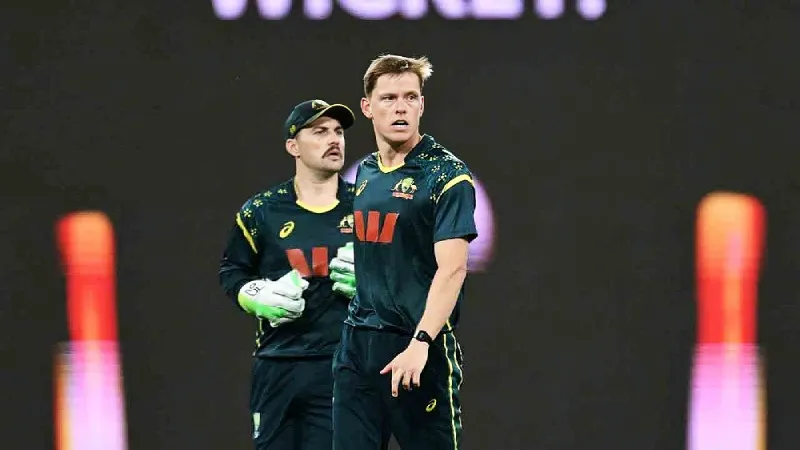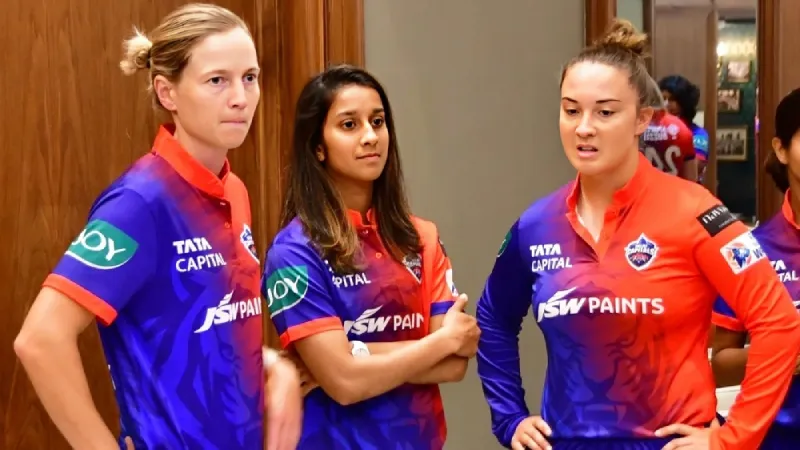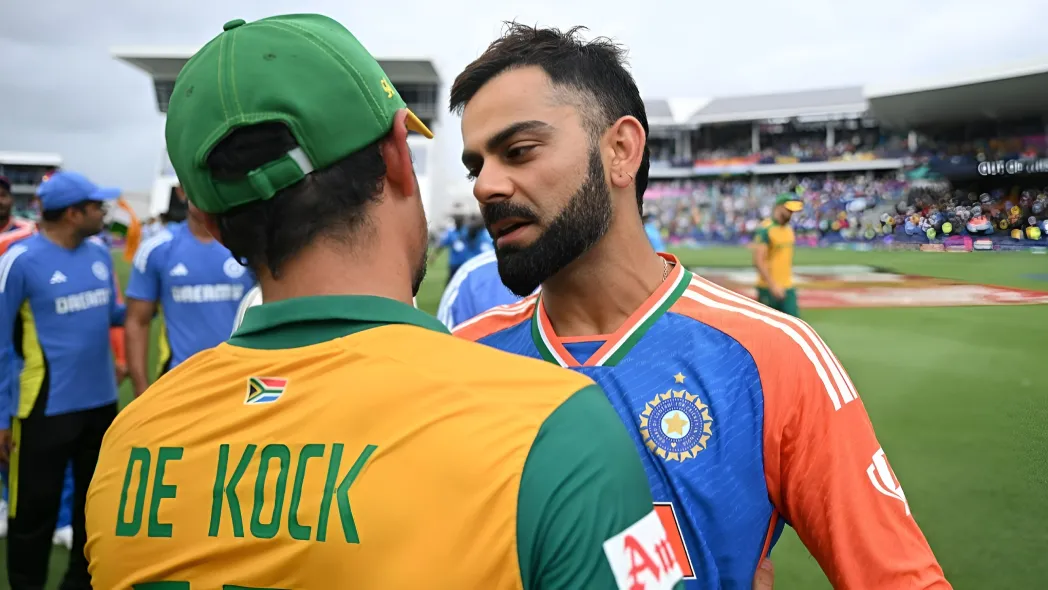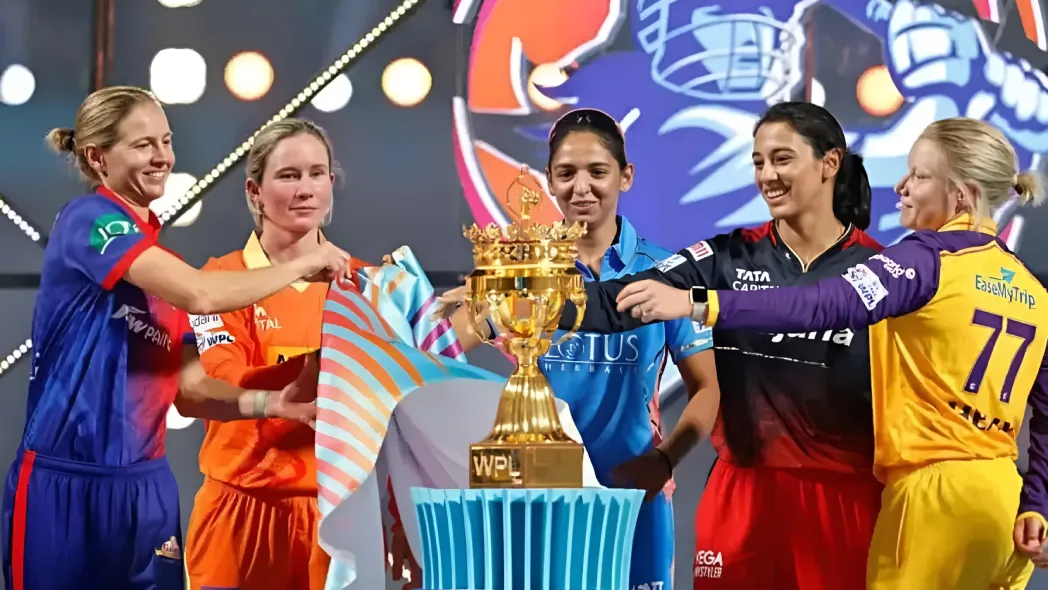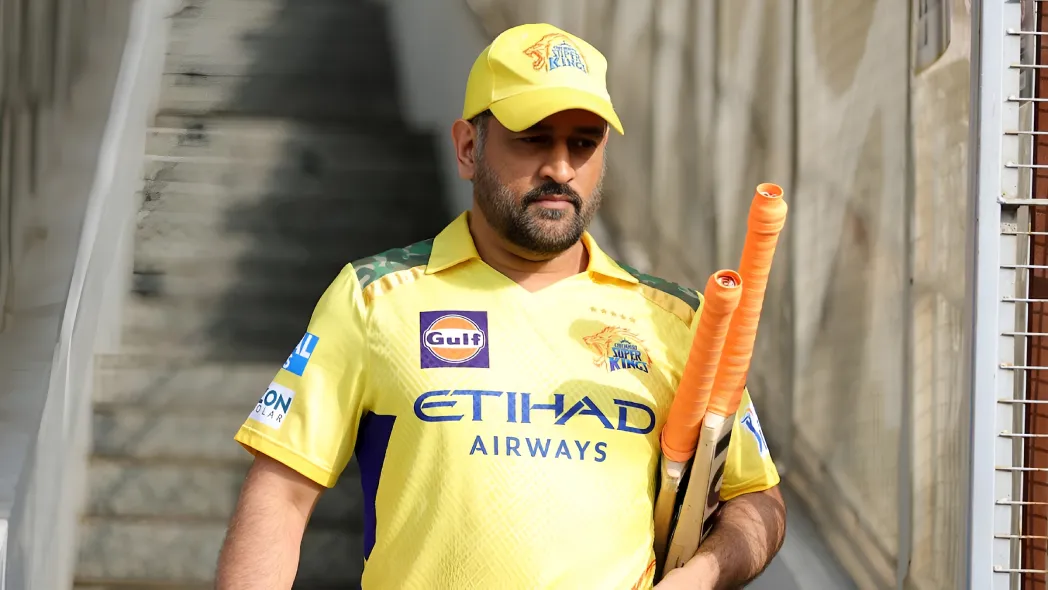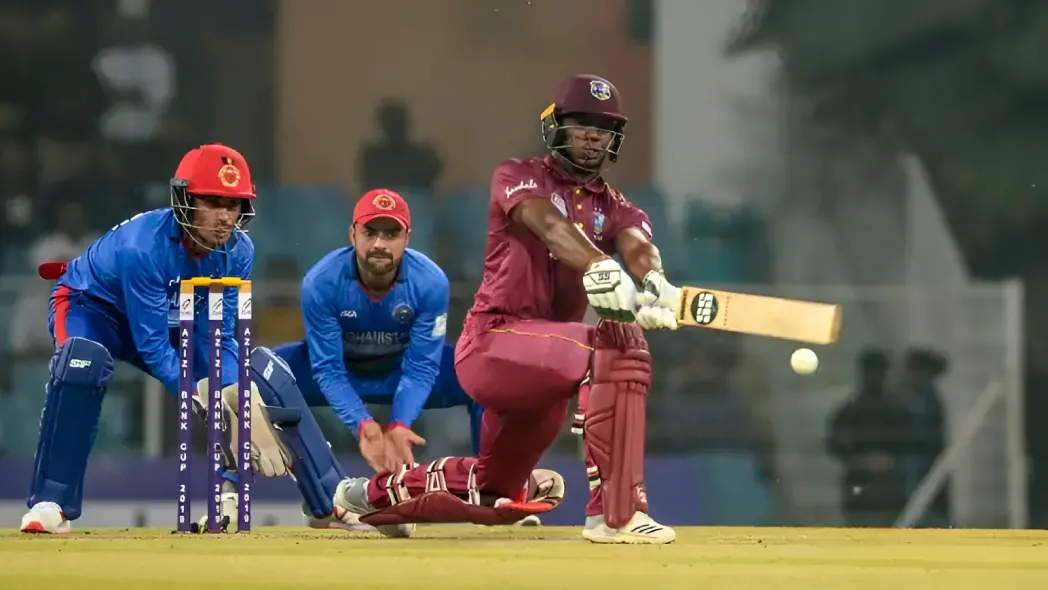Cricket loves to talk about evolution until it’s time to evolve. The ICC’s latest working group, led by Roger Twose, has quietly shelved the idea of a two-tier World Test Championship (WTC) system once again, favoring a single 12-team division instead. On paper, it’s a unifying move. In reality, it’s a compromise, a delicate truce between ambition and self-preservation.
The idea of promotion and relegation had promised context, competitiveness, and accountability, but the moment it threatened the Big Three’s comfort, logic gave way to lobbying. England’s ECB chief Richard Thompson even said it plainly: “We wouldn’t want… to fall into Division Two and not play India or Australia.” Translation? Meritocracy sounds great, as long as it doesn’t cost money or marquee fixtures.
Tradition Without Teeth: The Case Against Two Tiers
The two-tier WTC model could have injected fresh energy into Test cricket. It would’ve rewarded high performance, punished mediocrity, and given emerging sides like Afghanistan and Ireland a genuine shot at relevance. But instead, the ICC has again opted for the status quo, one big family photo, where everyone smiles for the camera but no one plays each other evenly.
For teams like West Indies, Sri Lanka, and Pakistan, once Test powerhouses, this feels like déjà vu. Their resistance to Division Two wasn’t just pride; it was practicality. Less visibility means less revenue, fewer sponsors, and empty stadiums. Yet, without structural change, the format risks stagnation.
Ironically, the very system designed to protect Test cricket’s heritage may be slowly burying it under polite bureaucracy.
The Money Equation That Kills Reform
Follow the money, and you’ll find the motive. The ICC’s funding model still revolves around the gravitational pull of India, England, and Australia. The financial gap between them and the rest is so wide that even a theoretically fair two-tier structure couldn’t bridge it.
The Big Three fear relegation not because of ego, but economics. No India vs. England means broadcasters panic, sponsors pull back, and boards lose millions. In that light, common sense (as Thompson put it) is really code for “common interest.”
The irony? True equality in the WTC would have made global Test cricket more marketable in the long run. Imagine the storylines of rising teams toppling giants. But cricket’s decision-makers remain addicted to short-term security over long-term sustainability.
Why the ODI Super League Deserves a Second Life
The revival of the ODI Super League may be the one rare piece of good news to come out of this discussion. When introduced in 2020, it gave 50-over cricket significance every bilateral match counts toward qualifying for the World Cup. However, like many good ideas in cricket, it was prematurely scrapped.
Now, with its potential return in 2028, smaller nations and Associates might finally regain context and visibility. It’s an admission that the format itself wasn’t dying; the structure was. As one administrator aptly said, “Maybe the problem is not that ODI cricket is dead, it’s that we never gave it a proper system.”
If the ICC gets this revival right, it could restore balance between formats and give meaning back to those “random” ODI series we’ve all learned to ignore.
Global Qualifiers and the T20 Boom: A Quiet Revolution
While the ICC remains conservative about Tests, the T20 World Cup is quietly evolving in the opposite direction and for the better. A proposed global qualifying system, featuring both Associates and Full Members, could mimic the Olympic model, ensuring fairer pathways and fresh narratives.
The expansion to 20 teams has already injected energy into the format. The next leap to 32 might just redefine cricket’s global reach. Ironically, the shortest format is now carrying the longest vision.
In trying to please everyone, the ICC risks pleasing no one. A 12-team WTC sounds inclusive, but it doesn’t solve the central problem: unequal opportunity. Meanwhile, the ODI Super League’s revival could fix one broken format if politics doesn’t break it again.
Key Takeaway
Cricket doesn’t need more meetings; it needs courage to let the best earn their place, not protect it.
FAQs
- What is the new ICC plan for the WTC?
A single 12-team World Test Championship including all Full Members from 2027–29, dropping the two-tier idea.
- Why was the two-tier WTC rejected?
Financial fears, big nations didn’t want the risk of losing marquee series or broadcast income through relegation.
- When might the ODI Super League return?
From 2028, potentially redesigned to give context and qualification structure to 50-over cricket once again.
Disclaimer: This blog post reflects the author’s personal insights and analysis. Readers are encouraged to consider the perspectives shared and draw their own conclusions.
Step into the world of cricket with JeetBuzz News—where expert opinions, trending Blogs, and behind-the-scenes insights meet all your favorite topics. Stay informed, stay entertained, and never miss the stories shaping the cricketing world—only on JeetBuzz News!



































































































































